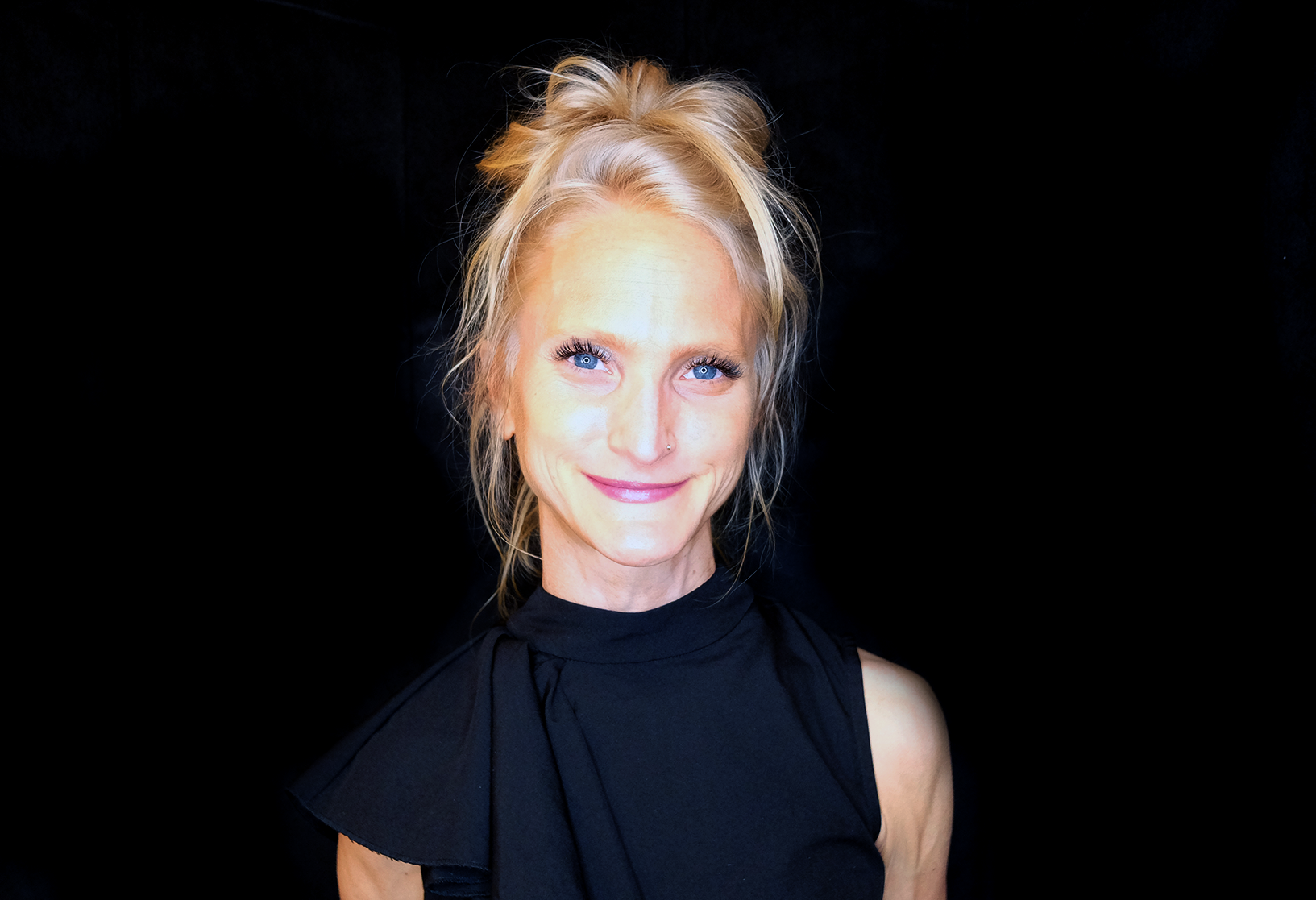At Tink, my podcast marketing company, we often work with clients who already have a podcast — they’re there because they either want to grow that podcast or launch a new one. It’s always easier to grow if you’re already getting downloads somewhere, since you can use that to work with other podcasts and set up promo swaps (where you advertise each other’s shows on your shows) or feed swaps (where you run whole episodes in each other’s feeds). Existing download numbers give other podcasts proof you’ll bring the same amount of value they’re bringing you. But what if you’re starting from scratch?
A brand new show doesn’t have any listeners yet, and that means you don't have downloads you can promise to give your partners for the promos you’ll run for them — this is called “inventory” in the marketing biz. But if you don’t have this inventory to use, that’s not a problem! You have something those already-running shows don’t have: the appeal of newness. Podcast apps, newsletters, and other outlets get really excited when they see a new podcast. By launching a new show, you’re creating a news event that people will want to cover.
So if you’re launching a podcast from scratch, your best bet is to lean into the newness. Get people’s attention, get everyone shouting about your new show from the rooftops. Then, because you have a great show (obviously) the listeners will come — and they’ll tell their friends about you. Before you know it, you’ll have downloads to use for promotion. Build buzz first, lean into partnerships next.
3 ways to make the most of a new show
If your show is too new to have an audience, there are three approaches you can use to build up that listener base: Pitching your show to newsletters, securing app placement, and being a guest on other podcasts.
Pitching to newsletters
Newsletters are gold for new podcasts. Often writers want to share hot and noteworthy stuff to label themselves as tastemakers and trendspotters. And podcast newsletter readers are gold, too. They subscribe to these newsletters because they’re looking for new things to listen to. They have their phones out and their fingers hovering over the “search” button. So how do you get them to hit “search” on your show? Pitch to those podcast newsletters.
Pitching to newsletters needs to begin before your launch. Way before. It starts the second you begin dreaming about your podcast. Sign up for all of the podcast newsletters you can get your hands on (there’s a list of them below). Open them and read them for two reasons:
- The writer will be able to see that you’re part of their community and a fan of their work
- You’ll get a sense of what kind of things the newsletter covers, and how
Not all podcast newsletters are created equal. Some only cover news and trends, and don’t have a recommendation section. Some only cover fiction shows, shows from Canada, or shows made by BIPOC creators. Find out which one your show would fit into, then after a few weeks, craft a pitch that speaks to that angle. Convince the newsletter writer why their audience needs to know about your new podcast.
How to craft a newsletter pitch:
- Be specific (“I saw that you wrote about X so I think you’ll like Y.” “You mentioned you liked shows about Z so I think you’ll like Y.”)
- Give a tiny note at the top (100 words) explaining why you’re reaching out, then say “more below” and give full details underneath
- Feel free to tell them what you want them to say. Give a description or additional information that is specific to their audience, or even a quote from you.
- It’s a bonus if you can send something for the newsletter writer to listen to. If it hasn’t launched yet, send them a link to a Dropbox file.
- It doesn’t matter what day you send — a good enough pitch is effective any day of the week.
Tip: I get a lot of podcast pitches. So many I don’t have time to read them all. But when I send out a newsletter, I monitor every response I get. I want to see how people are engaging with my work. Don’t cold pitch a newsletter writer; write your pitch in a response to their last email. The writer will know that you’re a reader of their stuff and a supporter of their work.
Podcast newsletters to pitch to (but subscribe to them first!)
- Podcast The Newsletter
- Podcast Marketing Magic
- Podstack
- EarBuds Podcast Collective
- Inside Podcasting
- Hurt Your Brain
- Podyssey Picks
- Podcast Review
- Pod the North
- Vocal Fridays
- Podcast Bestie
- Podnews
- Great Pods
- Hear Here
- Podcast Delivery
- Follow Friday
- 1.5x Speed
- Find That Pod
- Podcast Gumbo
- Pod People
Pitching to podcast apps
When people open up their Apple Podcasts, Stitcher, and Spotify apps, they’re often looking for something new. Getting placement front and center on these things can give you a huge spike. How can your brand-new show get that coveted spot in the app? At the risk of sounding repetitive: you have to pitch them.
Many of the apps have forms that allow you to do just that. The forms are similar, and usually ask for a link, description, the date of your trailer, the date of your first episode, and so on. It’s a good idea to keep all of this basic information in a Google doc so you can copy and paste it for each pitch.
That said, you should make each pitch unique! Podcast apps want to be seen as news homepages. On the form, explain why your show should be featured NOW. Is it about something newsworthy? Is it just because it’s new? Does it reflect an upcoming holiday?
There are two other parts of the form that are important:
- Choosing the region. Most of the forms allow you to choose which region you’ll be featured in. You might think you should choose the US if you’re podcasting there, but that’s the most crowded, competitive place to get featured. Your listeners are probably all over the world. Look at your analytics and decide which other countries you’re doing well in. Pitch your show to those regions. You’re more likely to be accepted! And don’t forget to pitch every three months or so.
- Co-marketing. The app you’re applying to be featured in is a business, too. They want to know how you’ll help them if they help you. There’s a field that asks how you will use Apple Podcasts, for example, in your marketing plan. This is where you say that you’ll tell people to listen on Apple Podcasts and link to them on your website and social media channels. Feel free to use that word — co-marketing. You’re working together.
Forms for pitching to podcast apps:
Pitching yourself as a guest on other podcasts
Being a guest on a podcast with a similar audience is one of the best ways to let new listeners get to know you and what you’re all about. Make a list of shows that have similar content or audiences to yours, then follow them on social media and subscribe to their newsletters. Wait a few weeks to get a good understanding of the community, then reach out to them with a nice note telling them how much you like their work (get specific!) and why you’d be a perfect guest. Make it less than 300 words, with a quick description of what you’re asking, a bit about yourself, and a bullet list of things you can talk about. Make sure to include a photo!
If you get a yes, make sure you give a great interview. Use good recording equipment in a quiet room. Show you’re a listener by mentioning past episodes of that podcast, and make sure to mention your podcast at the beginning and end of your interview, along with plenty of anecdotes from your show. Finally, sign off with a clear call to action and share the episode with your networks.
Often people will want to be a guest on your podcast in return. If your show doesn’t have interviews, or you don’t have the bandwidth to interview this person on your show:
- Offer to run their episode of the conversation with you on your feed
- Create a new mini-segment on your show where you drop short (5-minute) voice memos as bonus episodes, or at the end of one of your other episodes. These memos should be based on a theme — a story or question that’s central to your podcast (“Tell us about the first time you bought legal weed,” or “What’s a problem you had as an entrepreneur and how did you solve it?”)
- Offer to give their show promotion on your social media channels or in your newsletter
Launching a show podcast in a very crowded space can be thrilling, emotional, and terrifying. Don’t forget the perks of being the new pod on the block. You’ve worked hard to make a beautiful podcast, so don’t skip on the part that finds its perfect audience.









































